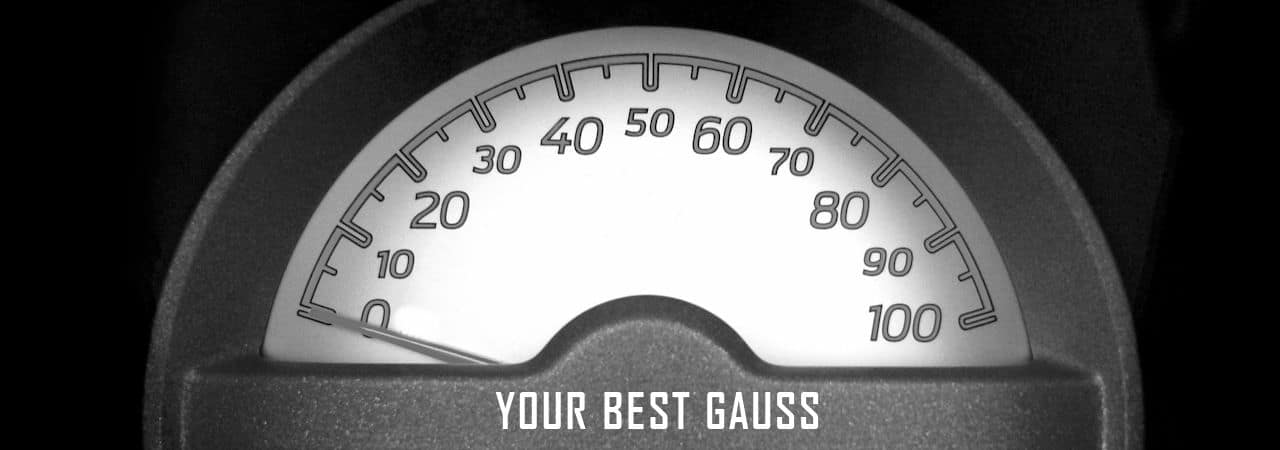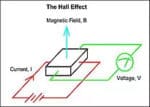
Take your best Gauss!
Let’s start with a simple statement. ‘There is no easy way to measure PEMF’
Measuring PEMF requires a level of expertise that most of us don’t have and even fewer of us have the specialized test equipment to take on the task of accurately measuring pulsed electromagnetic signals.
 You will need a Hall Effect Sensor (A Hall effect sensor is a transducer that varies its output voltage in response to a magnetic field) – You can read more about Hall Effect Sensors at Wikipedia (See https://www.wikiwand.com/en/Hall_effect_sensor)
You will need a Hall Effect Sensor (A Hall effect sensor is a transducer that varies its output voltage in response to a magnetic field) – You can read more about Hall Effect Sensors at Wikipedia (See https://www.wikiwand.com/en/Hall_effect_sensor)
 You will also need an oscilloscope. The oscilloscope will display the waveform and once properly calibrated will allow the viewer to measure the applied signal from the Hall Effect Sensor.
You will also need an oscilloscope. The oscilloscope will display the waveform and once properly calibrated will allow the viewer to measure the applied signal from the Hall Effect Sensor. 
The design team at Curatronic designed a sophisticated measurement tool using a laser calibrated linear Hall Effect sensor with temperature and offset compensation. It’s probably best now that you click <<HERE>> and visit Curatronic’s FLASH website to learn more about their test setup.
Suffice it to say. The EMF meters you find at Amazon and across the internet cannot reliably measure pulsed emf. Generally, their frequency response does not go below perhaps 100 Hz as they are designed to measure emf signals emitted by things like microwave ovens or perhaps wifi and Bluetooth signals.
